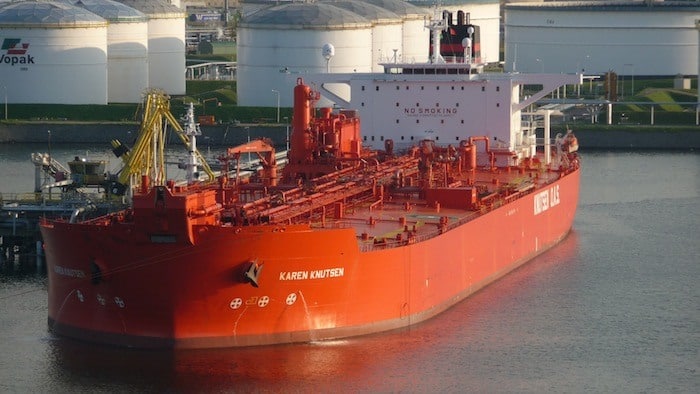

Cargo loading/unloading operations on ships is a hazardous task that can lead to serious consequences. Ship officers must take extra precautions not only while carrying out these operations but also after completion.
Cargo handling on tanker ships involves a variety of equipment and tools which must be used properly to ensure safe operations. Mentioned below are ten important points which must be considered after completion of tanker cargo operations.


After the completion of cargo loading, the loaded quantity of the cargo tanks should be checked and confirmed by a responsible officer and also by a representative of the shore. Any kind of discrepancy in the quantity must be informed to the master and concerned authority immediately.
Notify the engine department after discharging is over and ensure that the surveyor has issued the “Dry Tank Certificate or Empty Tank Certificate” to the vessel.
Ensure that times of all events of the loading/discharging operation are recorded in the Cargo logbook and main points are transferred in the Deck logbook.
After the completion of the cargo loading / unloading operations, all cargo valves involved in the process should be closed. Shore control valves should be closed before the tanker valves.
After checking that the valves are closed, cargo hoses should be taken off by ensuring that leakages from cargo left in the hoses is collected into cargo pans. This is extremely necessary to prevent any kind of oil spill.
The breather valves should be checked to ensure that they are correctly set to maintain pressure inside the tank.
Change the fitted position of the Spectacle Blind flange to it’s blank side to isolate the line and prevent overflowing.
All appropriate tank openings should be closed by using the designated tools after the completion of the cargo loading / unloading. This operation is to be carried out by pump-man or bosun under the guidance of chief officer or other responsible officer. Also, cargo manifolds and marine arms or hoses should be securely blanked after being disconnected.
The Earth Bonding Cables should be taken off after the cargo hoses are disconnected.
The tanker manifold and shore valves should be closed and the drain cocks at the tanker’s manifold should be opened to allow draining of cargo into fixed drain tanks or portable drip trays.
Additional Points to Remember During and Towards Completing of Cargo Operation


The Ultimate Guide to Cargo Operations for Tankers is a practical ebook which explains cargo operations on tankers. The guide explains important points such as:
Do you know any other important points to consider after completing tanker cargo operations? Let us know in the comments below.
You may also like to read –










We believe that knowledge is power, and we’re committed to empowering our readers with the information and resources they need to succeed in the merchant navy industry.
Whether you’re looking for advice on career planning, news and analysis, or just want to connect with other aspiring merchant navy applicants, The Marine Learners is the place to be.